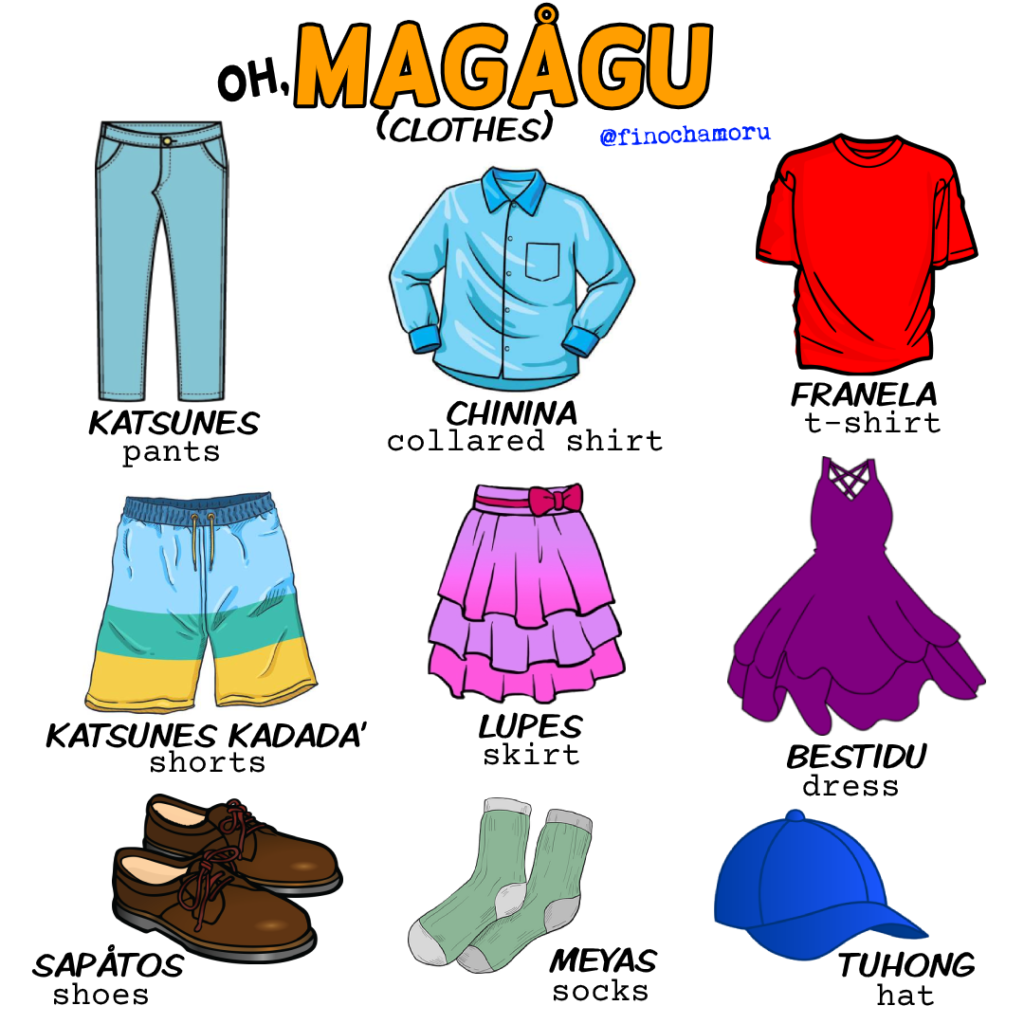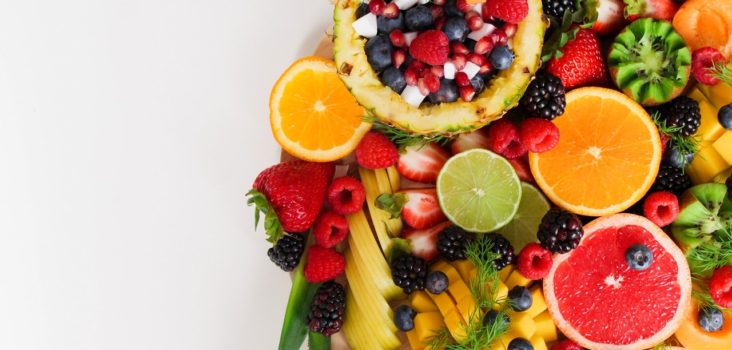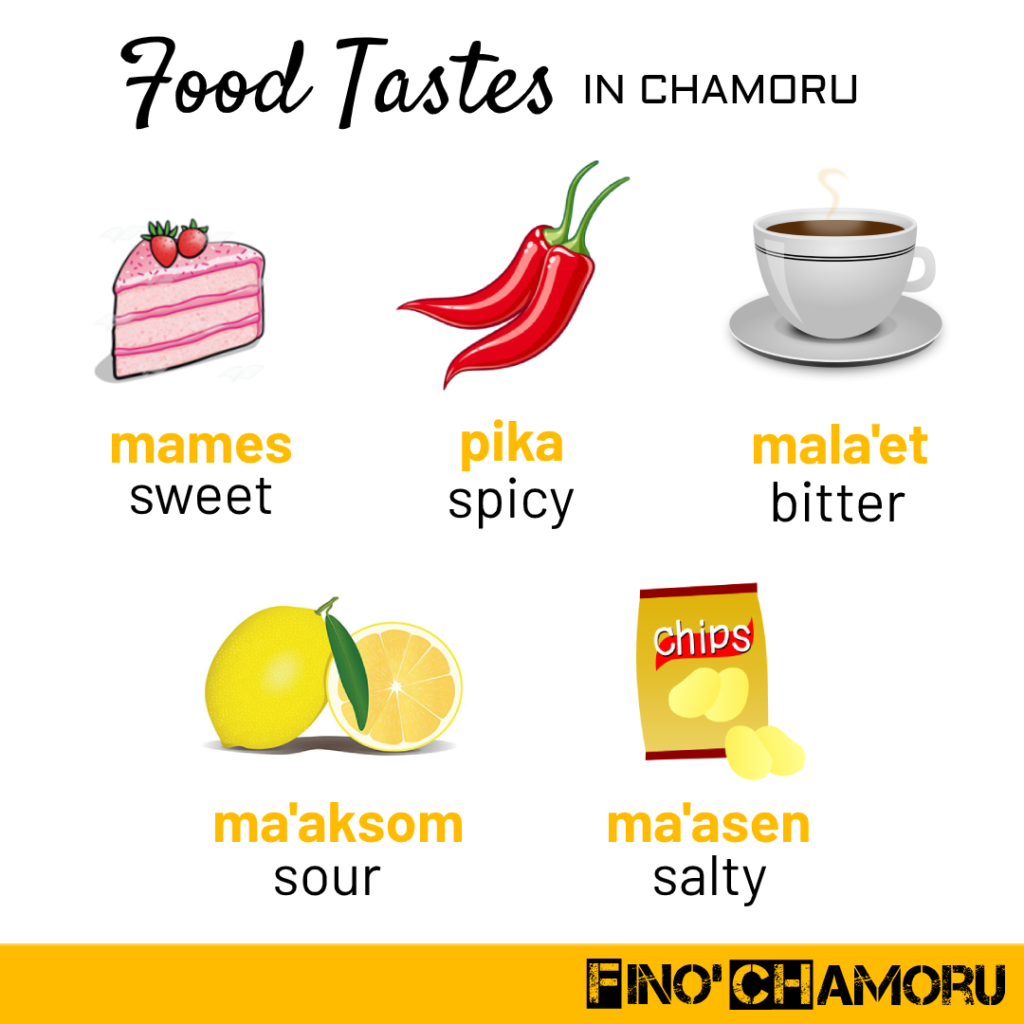Negation and Negative Words in Chamorro
In this article, we’ll learn Chamorro negation and negative words.
To make statements negative in Chamorro, in most cases, you simply have to put the negative marker ti at the beginning of the statement.
Look at the following examples.
| Ti båba este. This is not bad. |
| Ti ya-hu tumåtes. I don’t like tomatoes. |
| Ti manhanao ham para i lancho, sa’ u’uchan. We didn’t go to the ranch, because it’s raining. |
There are a couple of exceptions to this. The words guaha and gaige both have negative counterparts. They are tåya’ and taigue, respectively. So, instead of using ti we say these opposite words. Look at the following examples.
| Guaha chåda’ gi kahon ais. There are eggs in the refrigerator. | Tåya’ chåda’ gi kahon ais. There are no eggs in the refrigerator. |
| Guaha karetå-hu. I have a car. | Tåya’ karetå-hu. I don’t have a car. |
| Gaige i yabi-hu gi betså-hu. My keys are in my pocket. | Taigue i yabi-hu gi betså-hu. My keys are not in my pocket. |
| Gaige si George gi kuåtto-ña. George is in his room. | Taigue si George gi kuåtto-ña. George is not in his room. |
Negative Words
Using the negative marker ti is the most basic type of Chamorro negation, but you can also use the following negative words and phrases.
| ENGLISH | ENGLISH |
| munga | don’t |
| cha’-(poss. pron.) | don’t (even, try to) |
| ni | nor |
| ni…ni | neither…nor |
| ni ngai’an (ni ngai’a’an) | never / never ever |
| ni håyi (ni håyiyi) | no one / no matter who |
| ni håfa (ni håfafa) | none / no matter what |
| ni månu (ni månunu) | nowhere / no matter where |
| nunka | never |
| tampoku | neither, not either |
| trabiha | not yet |
Here are some examples using the negative words from the table above.
| Munga kumuentos. Don’t talk. |
| Ni si Antonia humånao. Neither Antonia went. |
| Ni unu ni otro! Not one nor the other! |
| Ni ngai’an bai hu maleffa. I will never forget. |
| Ti angokkuyon na taotao! Ni håyiyi un faisen. He’s not a trustworthy person! No matter who you ask. |
| Ti bai hu magof guini, ya ni hågu tampoku. I won’t be happy here, and neither will you. |
| Ti hu apåpåsi i dibi-hu trabiha. I haven’t paid my bills yet. |



